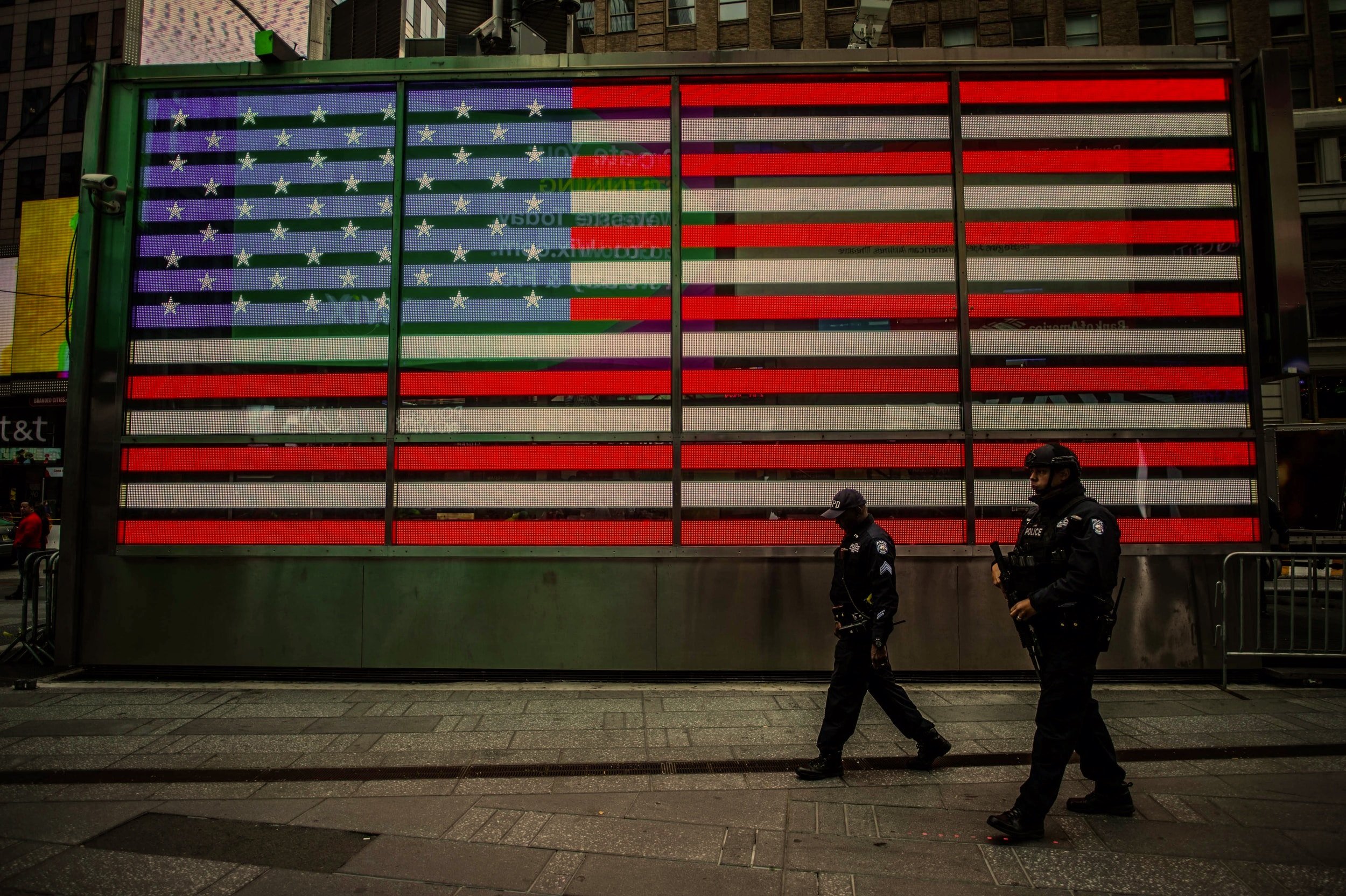
Case Story: Appealing an Unjust Fourth Amendment Ruling
When the state violated our client’s Fourth Amendment rights, we moved to hold them accountable. And two courts agreed with us—each holding that the police violated his rights. Despite this, both upheld his conviction. This injustice didn’t sit well with us, so we’ve been fighting for his freedom ever since.
DISCLAIMER:
CASE RESULTS DEPEND ON A VARIETY OF FACTORS UNIQUE TO EACH CASE. CASE RESULTS DO NOT GUARANTEE OR PREDICT A SIMILAR RESULT IN ANY FUTURE CASE.
Imagine if you caught someone breaking into your house. And you caught them red-handed, meaning there’s no debate: they did it.
So you call the police and tell them about what you just witnessed. And when they arrive, after assessing the situation, they agree with you: this person absolutely broke into your house.
But then something odd happens.
They tell you that despite knowing with certainty that this person broke into your house, they’re not going to punish the person for their illegal conduct.
The person committed the crime, but won’t be doing the time.
You’d be mad, wouldn’t you? Or, at a minimum, you’d feel like that wasn’t fair, right?
That’s what this case is about.
Law enforcement charged our client with possession of illegal imagery, but the way the police discovered these images was illegal. And it wasn’t just us saying it—that’s been the conclusion of all four judges who have analyzed the case.
So much like the house breaker-and-enterer, there was no debate the police had acted illegally.
Despite this, these judges excused the police’s conduct and let them off the hook. But if the police can commit the crime but not do the time, what good is our justice system?
Not very good, we didn’t think.
So we’ve been filing appeals and fighting to overturn our client’s conviction ever since. And while we’ve had some success, we won’t stop until a court holds the police accountable for violating our client’s rights.
Here’s what we’ve done so far.
The Charge
Based on a tip, police believed our client had a gun at his residence. While this normally isn’t illegal, they thought it might be here because they believed our client was a felon and thus couldn’t have a gun.
So the cops got a warrant to search our client’s home for guns and ammo—nothing else. Despite this limitation, during the search police found and examined a phone belonging to our client. When they did this, they noticed two things they claimed were odd about the phone:
It was missing its SD card.
Despite the missing card, it was fully charged.
Given this, the police suspected something illegal might be on this missing SD card. The search continued and police eventually found a gun in the home, arrested our client for illegal gun possession, and took him to jail.
Before the police arrested him, however, our client was present when the police found, observed, and manipulated his phone. So he knew they were now also investigating the missing SD card.
At the jail, our client called his girlfriend and told her that the police were suspicious about his phone and its missing SD card, that she needed to find the SD card, and that if she found it, she needed to bury it in the backyard.
Rather than do this, the girlfriend instead called the police and told them about the calls. The police used the calls to get another warrant for our client’s house, but this time the warrant was for the missing SD card and not guns and ammo.
The police found the SD card, searched it, and found illegal imagery on it. Police charged our client, and he retained us as counsel. When we reviewed the evidence in the case, we immediately identified the issue of the state conducting a search far outside the scope of the warrant.
So we moved to suppress all the evidence found from the illegal seizure and later search of the phone.
The Legal Challenge
Our first legal challenge was at the trial court—the first court that hears any criminal case.
Our challenge was simple: the first warrant the cops had allowed them to look for guns and ammo. But during that search they found, grabbed, and manipulated a cell phone. And since a cell phone is not a gun or ammo, that was illegal.
And since it was illegal, anything later found on the phone (including the illegal imagery) should be suppressed.
The state disagreed, claiming that finding the phone was OK because it was found in a drawer while the cops were looking for guns and ammo. And so they had to grab and move the phone to make sure that there weren’t any guns or ammo under the phone, lower down in the drawer.
And when they were doing this, the phone just happened to turn on to show 100% battery and the officer just happened to notice the SD card was missing.
Basically, it was just a happy accident during the good-faith execution of the search warrant.
The 1st Decision
After extensive briefing, and a full-day evidentiary hearing, the judge sided with us.
Sort of.
First, the judge agreed with us that the police exceeded the scope of the warrant when they found, grabbed, and manipulated the phone.
Her logic was the same as ours: the warrant said guns and ammo and a phone is neither.
But then the judge did something we didn’t expect: she allowed the search of the phone anyway.
Her reasoning?
The intersection of two legal doctrines called “fruit of the poisonous tree” and “taint analysis.”
Now bear with us because it’s about to get a little wonky.
“Fruit of the poisonous tree” is the idea that any evidence (fruit) you get from an illegal source (the poisonous tree) cannot be used against your client. The rationale is obvious—the police’s illegal behavior shouldn’t be rewarded.
So here, we felt that the SD card was the fruit, and the illegal seizure of the cell phone was the poisonous tree.
But there is also something called “taint analysis,” which is a way to overcome the “fruit of the poisonous tree” analysis. Taint analysis is the idea that you can “un-taint” or “un-poison” the fruit—and thus make it so it can still be used in the case—if you can meet certain requirements.
These include:
Flagrancy of conduct. How bad was the officer’s illegal conduct? The worse the behavior, the more likely the illegally obtained evidence will be suppressed.
Intervening circumstances. Did anything happen between the police’s illegal conduct and the discovery of the challenged evidence? If there was nothing, the more likely the illegally obtained evidence will be suppressed.
Likelihood of evidence being obtained absent illegality. Would the evidence have been obtained but for the illegal conduct? If not, the more likely the illegally obtained evidence will be suppressed.
Temporal proximity of illegality and fruit of illegality. How much time passed between the police’s illegal conduct and their discovery of the challenged evidence? If not much, the more likely the illegally obtained evidence will be suppressed.
Here, the judge applied these factors and said that even though the phone was illegally obtained, by the time the police found the SD card, the card was “un-tainted” by the illegal phone seizure.
In short, the judge (1) didn’t think the police illegally grabbing the phone was very flagrant; (2) found our client’s jail calls to be an intervening circumstance between the illegal phone grab and the finding of the SD card; (3) thought the SD card would have been found even if the police hadn’t illegally grabbed the phone; and (4) felt enough time passed from when the phone was illegally grabbed and the SD card was found.
Now if you’re thinking, wait a minute, that doesn’t make a lot of sense, we agree.
The biggest error in this logic is the idea that our client would have ever made the incriminating jail phone calls to his girlfriend had the police not illegally seized his phone.
Simply put, if the police had never illegally seized our client’s phone, why would our client ever call his girlfriend and talk about the seized phone?
The answer is he wouldn’t, and for the judge to hold otherwise was absurd to us.
We knew we’d have to appeal the judge’s ruling.
The Sentencing
Before we could appeal, however, Minnesota law sometimes requires a client to plead guilty and be sentenced. Then, if they later win on appeal, their conviction and sentence are vacated.
So we followed this process and scheduled our client’s sentencing hearing.
At the hearing, we argued that the law required our client to be sentenced to no time in prison. The state disagreed, arguing that our client’s past criminal convictions made it so he should be sentenced to a significant time in prison.
Over the vehement objection of Bruce Ringstrom, Sr., the lead lawyer on the original case, the judge agreed with the state and sentenced our client to 99 months in prison.
Knowing this, too, was wrong, we now had a second thing to appeal.
The Appeal
We appealed to the Minnesota Court of Appeals and presented two issues for them to decide:
(1) Was the trial court judge wrong in “un-tainting” the SD card (fruit) from the illegally seized phone (poisonous tree)?
(2) Did the trial court wrongly sentence our client to 99 months in prison?
We argued that the trial judge misapplied the “taint” analysis, and that the SD card was no doubt tainted by the illegal phone seizure. We made the same “but for” argument that we made to the trial judge, but this time more explicitly and without mincing any words:
“It’s time to put to rest the notion that these jail calls happened independently from the phone seizure. Our client knew there was bad stuff on the SD card. The only reason he was worried the police would find the stuff was because they had just noticed a phone of his was missing an SD card. But what if they didn’t know that? Does anyone really think our client would still get on the jail phone? Seems pretty unlikely, doesn’t it? And that’s because the jail calls are inextricably linked to the phone seizure; without one, the other doesn’t exist.”
Next, we argued that the court’s 99-month sentence was illegal because the state failed to prove that our client had prior convictions that could be used to enhance his sentence. And since it was the state’s job to do this, but they didn’t, the court couldn’t consider any of our client’s prior convictions when deciding the proper sentence.
In short, even if our client’s prior convictions counted to increase his sentence (they did not), the judge could not consider them because the state had failed to prove them in the way the law required.
The state argued the opposite.
First, the state said the trial court was right in its taint analysis and, second, the court correctly considered our client’s prior convictions when deciding the appropriate sentence.
Basically, the prosecutor said the first judge was 100% right and there was nothing the appeals court needed to fix.
The 2nd Decision
Again after extensive briefing, and oral arguments, the appeals court split the baby. We lost on 1) and won on 2).
The good news: our client wasn’t going to serve 99 months in prison.
The bad news: the conviction would still stand.
Once again, the court’s reasoning mirrored the trial judge. The court agreed that the state violated our client’s Fourth Amendment rights when they illegally seized his phone. But the court then said that this illegality was later “un-tainted” before the state located the SD card.
In reaching this conclusion, the appeals court made what we believe was a critical mistake: it ruled that the “but-for” test does not apply to the “taint” analysis.
In other words, we were wrong to argue that “but-for” the police illegally seizing our client’s phone, our client would never have made the incriminating jail calls about the phone and SD card.
The problem with this, however, was that this was different from what other appeals courts have said about “taint” analysis. So with this decision, the court seemingly had created a discrepancy in Minnesota caselaw.
On the one hand, at least two cases said the “but-for” test was appropriate to use in the “taint” analysis context. But on the other hand, now this case held that the “but-for” test was not appropriate.
In the law, this type of inconsistency is disfavored and usually must be addressed and fixed.
The 2nd Appeal
So that’s exactly what we did.
We filed a motion asking the Minnesota State Supreme Court to review the appeals court’s decision in our case. We pointed out this discrepancy and asked the high court to accept the case and answer the following question once and for all:
In deciding whether to “purge” the “taint” of unconstitutional conduct by the state, what causation standard should Minnesota courts use when analyzing the “fruit of the poisonous tree” doctrine?
Unfortunately, the state supreme court decided not to take up our appeal. They provided no explanation, just:
“Based upon all the files, records, and proceedings herein, IT IS HEREBY ORDERED that the petition for further review is denied.”
There’s no other way to call it what it is: an unfortunate gut punch, and what we believe is an unjust ending to an unjust case.
The Takeaway
Sometimes we have grand, sweeping takeaways that talk about bigger concepts of fairness, justice, and equity.
Not here.
The takeaway here is simple: our firm will never stop fighting in a case if we think the result is wrong. We will appeal and appeal and appeal until we either win or can no longer fight.
We fought until the very end, and while we helped our client avoid 99 months in state prison, we didn’t get the full result we wanted: total exoneration. But we tried. Hard. Which is what we do in all our cases.
And if your lawyer isn’t willing to do that, too, you should get a new one.
Additional Case Stories
-

Fighting for Release During the COVID-19 Pandemic
We were one of the first law firms in the country to get a client released from jail because of the risk posed by COVID-19.
-

Winning a Federal Felon in Possession Case
Our client’s house caught fire, and when firefighters arrived, they acted like cops instead of firefighters. We challenged the legality of their conduct and won.
-

Winning The First Federal Illegal Reentry Case Of Its Kind
We were one of the first law firms in the country to take a Supreme Court immigration ruling and apply it to a criminal conviction – and win.

